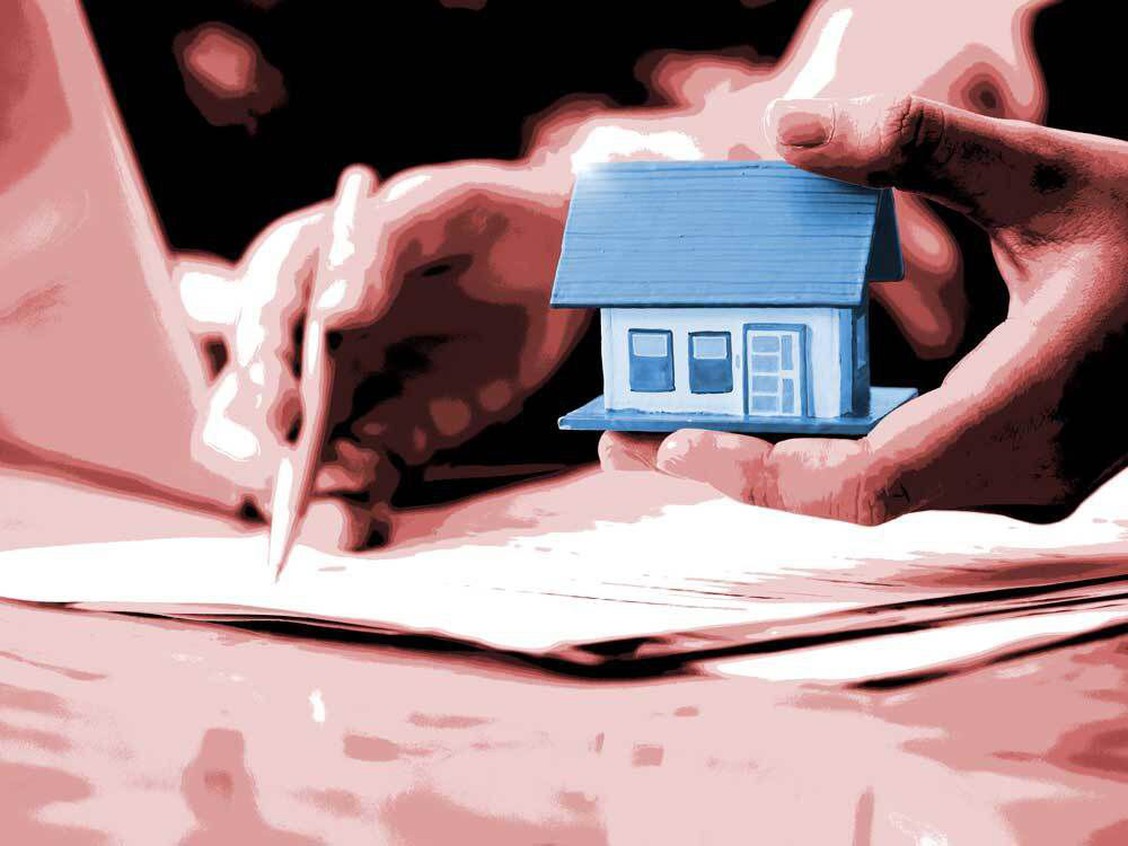A couple we’ll call Chris and Crystal, both 56, live in British Columbia. They are specialists: Chris in computational mathematics and Crystal in biosciences. They bring home $11,155 after taxes each month. Their $1.125-million house is debt-free but the cost of paying off the mortgage on their $560,000 rental is endangering their retirement, even, they worry, their ability to keep their own home.
With the mortgage and other costs, the rental has an annual bill of $52,788. That amounts to about 40 per cent of their total monthly spending. They could refinance the rental, cut costs or try to raise rents, but the economics are not favourable.
It has come down to a question of living for the rental or selling it.
Family Finance asked Eliott Einarson, a financial planner in the Winnipeg office of Exponent Investment Management, to work with Chris and Crystal. He notes that the rental, which generates income before expenses of $28,800 per year, provides the couple $8,759 per year nominal cash flow. That’s a three per cent return on $280,000 equity, not much for a leveraged investment. It is at best an investment in hoped-for capital appreciation. They could reset mortgage costs, but that would only postpone the reality that the rental’s poor return endangers their retirement plans.
Retirement plans
The couple would like to retire in four years and travel. They would also like to put $100,000 of repairs into their home.
Their financial assets add up to $972,314. As well, Crystal has a defined benefit pension that will pay her $36,228 per year to age 65 and, after elimination of a $8,628 annual bridge, $27,600 per year for the rest of her life.
If there is a cash shortfall between their travel plans and other retirement costs, they are willing to downsize their home to perhaps $600,000, pay off the $280,000 outstanding rental mortgage debt, then add the remaining funds, approximately $190,000, to non-registered cash. The money invested in income stocks with five per cent dividends before inflation could generate $9,438 per year. But selling their house to keep a not-profitable rental seems like putting the cart before the horse, Einarson said.
Paying for retirement
When to retire and what income to generate are related issues. At present, Crystal brings home $53,460 per year. Chris brings home $80,400 per year. The sum, $133,860, not including rental income, covers annual expenses including finance and operating costs for their rental.
Crystal has $97,000 in her RRSP and adds $7,500 per year. Assuming the account grows at three per cent per year after inflation for four years to $141,500, it will generate $6,963 per year of taxable income (assuming the same three per cent growth) for 35 years to her age 95.
Chris’ RRSP present value, $199,314, is growing with annual contributions of $7,500. Assuming a three per cent inflation-adjusted return, it will have a balance of $256,648 in four years and generate $11,600 per year over 35 years to his age 95.
He also has a defined contribution pension — essentially an RRSP — with a $235,000 balance growing with $13,200 annual contributions, including his employer’s matching contributions. In four years at age 60, the plan will have a balance of $321,375, and then generate $14,520 per year for the following 35 years.
The Canada Pension Plan will pay Chris $5,100 per year at 60. His TFSA with a present balance of $95,000 and $6,000 annual contributions will grow to a value of $132,778 at age 60, and pay out $6,000 per year for the following 35 years to his age 95.
Crystal has an identical TFSA balance and payments. Her income at the beginning of her 60th year will shift to retirement income consisting of $36,228 pension, $6,000 from her TFSA, $6,720 from CPP and $6,963 from her RRSP, for total income of $55,911 per year.
Chris’ income when he retires at age 60 will consist of $11,600 from his RRSP, $14,520 from his defined contribution pension, $5,100 from CPP and $6,000 TFSA cash flow, for total income of $37,220 per year.
The couple’s combined income at age 60 will be $93,131. After taxes at an average rate of 12 per cent, they would have disposable income of $83,395 per year or $6,950 per month.
At 65, Crystal will lose her $8,628 annual bridge for her pension, but she can add Old Age Security at $7,380 per year for total income before tax of $54,663 per year.
Chris at 65 will be able to add $5,538 from OAS for total income of $42,758. Their combined annual income would be $97,421. After taxes, they would have $87,170 annual combined income or $7,264 per month.
If they sell the rental property they can realize $560,000 less five per cent selling costs, so $532,000 net. That would cover their original $467,000 cost and improvements. Their gain would be $65,000. They might get a higher price in a bullish property market, but that’s speculative. We’ll stick to present value. They could pay off the remaining balance of $280,000 on their mortgage and have $252,000 left. Capital gains tax on half the gain would cost them $14,000. Their net cash position would then be $238,000.
That sum, invested at three per cent returns after inflation for the next 35 years would generate $10,753 per year. On top of other income, they would then have $108,174 annually before taxes and no cost to maintain the rental. They could keep their home, have ample money for the reno, and be at peace with their retirement plans.
Retirement stars: 3 *** out of 5






